What Are Binocular Sizes ?
Binocular sizes refer to the different magnifications and objective lens diameters available in binoculars. Common binocular sizes include 8x42, 10x50, and 12x50. The first number represents the magnification power, indicating how many times closer the viewed object will appear compared to the naked eye. The second number represents the diameter of the objective lenses in millimeters, which determines the amount of light that can enter the binoculars. Different binocular sizes are suitable for various activities, such as birdwatching, stargazing, or general outdoor use, depending on the desired level of magnification and light-gathering capability.
1、 Objective Lens Diameter
The objective lens diameter is one of the key specifications to consider when choosing binoculars. It refers to the size of the front lenses of the binoculars, measured in millimeters. The objective lens diameter determines the amount of light that can enter the binoculars, which in turn affects the brightness and clarity of the image.
Binoculars with larger objective lens diameters tend to gather more light, resulting in brighter images, especially in low-light conditions. They also offer a wider field of view, allowing you to see more of the scene at once. However, larger objective lenses also make the binoculars heavier and bulkier.
Common objective lens diameters for binoculars range from 20mm to 56mm, with the most popular sizes falling between 32mm and 42mm. Compact binoculars typically have objective lens diameters of 20mm to 28mm, making them lightweight and portable. Mid-size binoculars usually have objective lens diameters of 30mm to 42mm, striking a balance between portability and performance. Full-size binoculars, often preferred by birdwatchers and astronomers, have objective lens diameters of 42mm to 56mm, offering excellent light-gathering capabilities.
In recent years, there has been a trend towards larger objective lens diameters, particularly in the premium binocular market. Manufacturers are pushing the boundaries to offer binoculars with objective lens diameters of 50mm and above, providing exceptional brightness and image quality. However, these larger binoculars may not be suitable for all users due to their increased weight and size.
Ultimately, the choice of objective lens diameter depends on your specific needs and preferences. Consider factors such as intended use, portability, and light conditions to determine the most suitable binocular size for you.
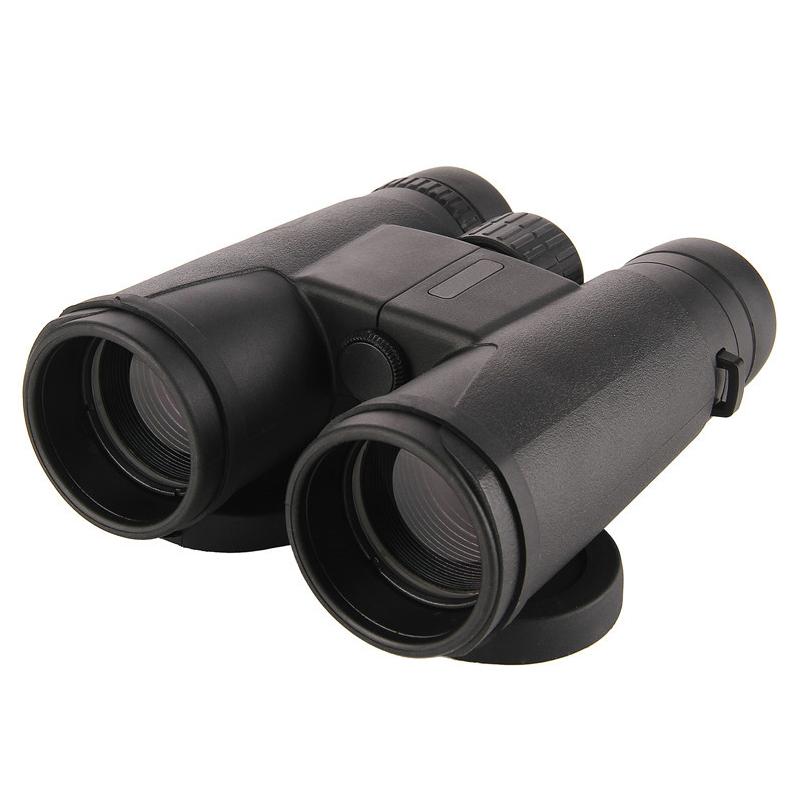
2、 Magnification Power
Binocular sizes refer to the specifications of binoculars, specifically the magnification power. Magnification power is a measure of how much larger an object appears when viewed through binoculars compared to the naked eye. It is typically denoted by a number followed by an "x" (e.g., 8x, 10x, 12x).
The magnification power of binoculars determines how much detail can be seen and how close objects appear. Higher magnification power, such as 10x or 12x, allows for a closer view of distant objects, making them appear larger and more detailed. However, higher magnification also results in a narrower field of view and can make it more challenging to keep the image steady due to increased shakiness.
On the other hand, lower magnification power, such as 8x, provides a wider field of view and is generally easier to stabilize. This makes them more suitable for activities like birdwatching or observing fast-moving objects. However, lower magnification may not provide as much detail as higher magnification when viewing distant objects.
It is important to note that the choice of binocular size depends on the intended use and personal preference. Different activities may require different magnification powers. For example, astronomers often use binoculars with higher magnification power to observe celestial objects, while hikers may prefer binoculars with lower magnification for a wider field of view.
In recent years, there has been a trend towards compact binoculars with lower magnification power, such as 8x25 or 10x30 models. These smaller binoculars are lightweight, portable, and offer a good balance between magnification and field of view. They are popular among travelers, outdoor enthusiasts, and casual users who value convenience and versatility.
In conclusion, binocular sizes refer to the magnification power, which determines how much larger and detailed objects appear when viewed through binoculars. The choice of magnification power depends on the intended use and personal preference, with a trend towards compact binoculars with lower magnification for their portability and versatility.
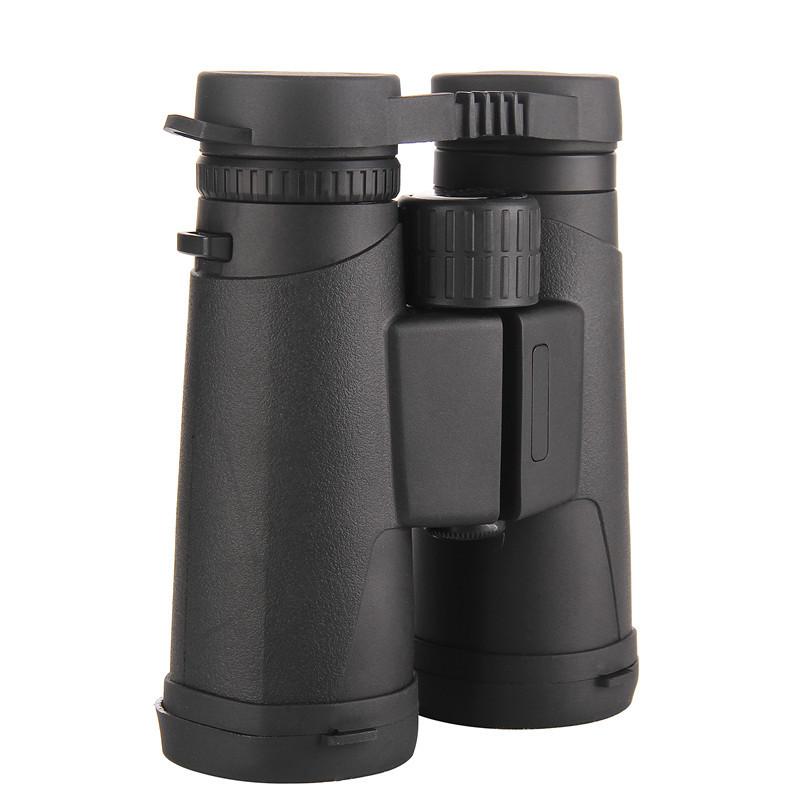
3、 Field of View
The binocular size known as "Field of View" refers to the width of the area that can be seen through the binoculars at a specific distance. It is typically measured in degrees and can vary depending on the model and specifications of the binoculars.
The field of view is an important factor to consider when choosing binoculars as it determines how much of the surrounding area can be observed without having to move the binoculars. A wider field of view allows for a larger area to be seen, making it easier to track moving objects or observe a broader scene.
The size of the field of view can vary greatly among different binoculars. Generally, compact binoculars tend to have a narrower field of view compared to full-size binoculars. However, advancements in technology have allowed for the development of binoculars with wider fields of view, even in compact models.
It is important to note that the field of view can also be affected by the magnification power of the binoculars. Higher magnification often results in a narrower field of view, as the image appears more zoomed in. Conversely, lower magnification binoculars tend to have wider fields of view.
In recent years, there have been advancements in binocular technology that have led to the introduction of wider fields of view. Manufacturers have been able to achieve this by incorporating innovative optical designs and lens coatings that enhance the clarity and brightness of the image while maintaining a wide field of view.
In conclusion, the size of the field of view in binoculars can vary depending on the model and specifications. It is an important consideration when choosing binoculars, as a wider field of view allows for a larger area to be observed. Advancements in technology have led to the development of binoculars with wider fields of view, even in compact models.
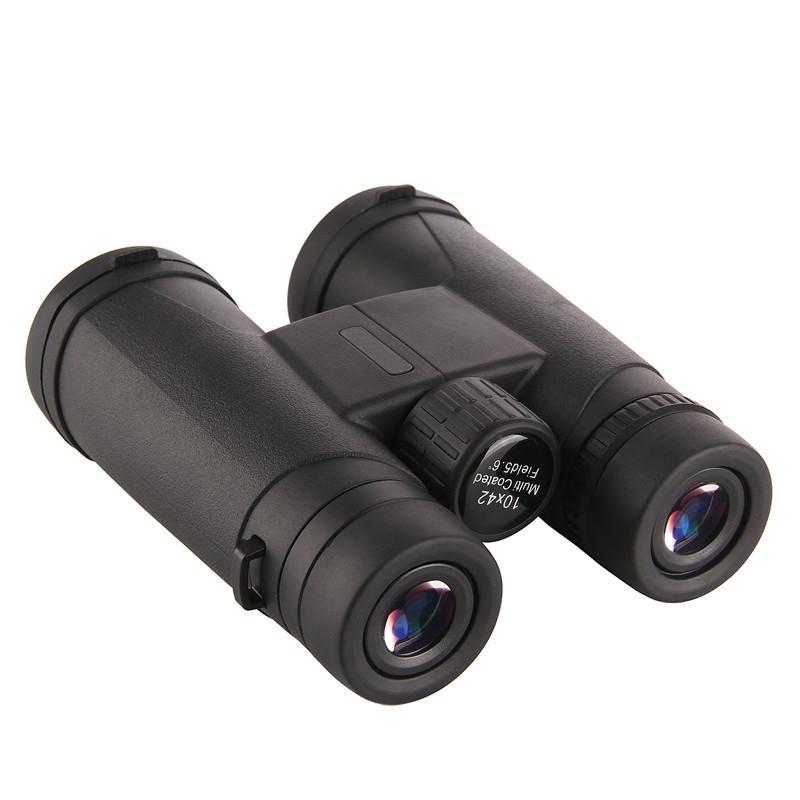
4、 Exit Pupil Size
Exit pupil size refers to the diameter of the beam of light that exits the eyepiece of a binocular. It is an important factor to consider when choosing binoculars as it directly affects the brightness of the image you see. The exit pupil size is determined by dividing the objective lens diameter by the magnification power of the binoculars.
Binoculars with larger exit pupil sizes allow more light to enter the eye, resulting in a brighter image. This is particularly beneficial in low-light conditions such as dawn or dusk, or when observing objects in dense foliage. On the other hand, binoculars with smaller exit pupil sizes may appear dimmer, especially in low-light situations.
The most common exit pupil sizes range from 2mm to 7mm, with 5mm being the average. However, the ideal exit pupil size can vary depending on the individual's age and the lighting conditions in which the binoculars will be used.
For younger individuals, the pupil of the eye can dilate up to 7mm in low-light conditions, so binoculars with an exit pupil size of 5mm or larger would be suitable. However, as we age, the ability of the pupil to dilate decreases, and a smaller exit pupil size may be sufficient.
It is worth noting that the human eye's pupil size can vary from person to person, and some individuals may have larger or smaller pupils than average. Therefore, it is recommended to try out different binoculars and choose the exit pupil size that provides the brightest and most comfortable viewing experience for your specific needs.
In recent years, there has been a growing trend towards larger exit pupil sizes in binoculars, with manufacturers offering models with exit pupil sizes of 6mm or even 7mm. This is driven by the desire to provide brighter images and enhance the viewing experience, particularly in low-light conditions. However, it is important to strike a balance between exit pupil size and other factors such as weight, size, and cost, as larger exit pupil sizes can result in bulkier and more expensive binoculars.
In conclusion, binoculars with exit pupil sizes ranging from 2mm to 7mm are commonly available, with 5mm being the average. The ideal exit pupil size depends on factors such as age, lighting conditions, and individual preferences. It is recommended to try out different binoculars to find the exit pupil size that offers the brightest and most comfortable viewing experience for your specific needs.
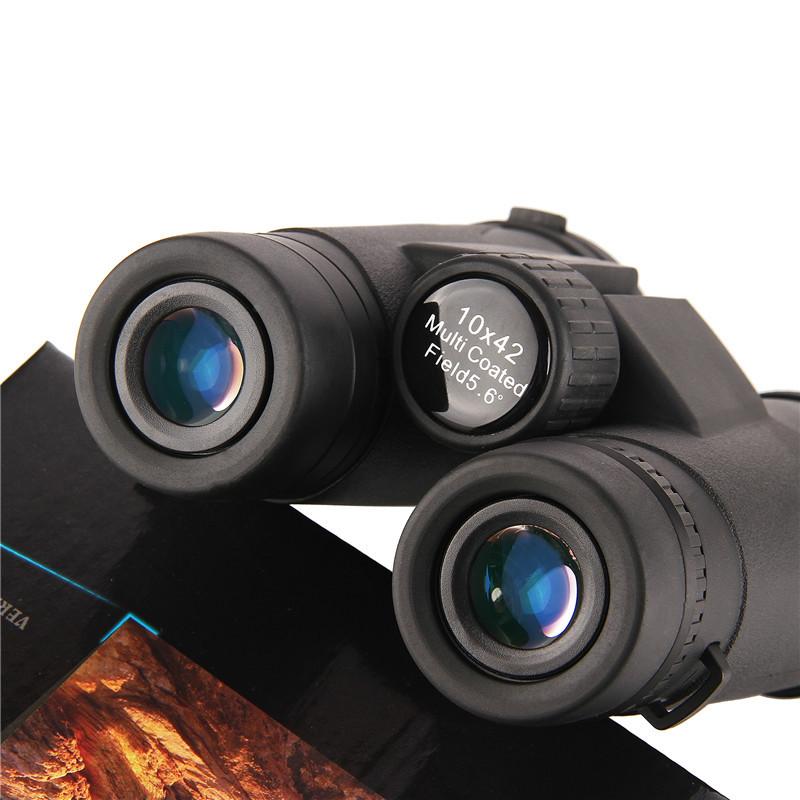





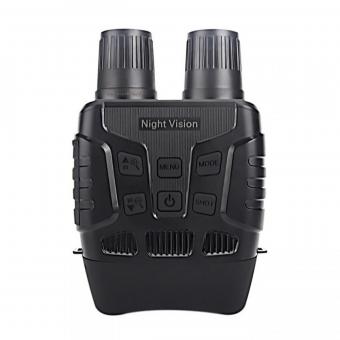


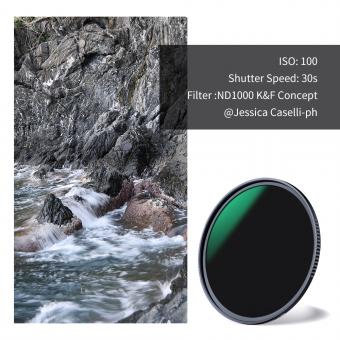


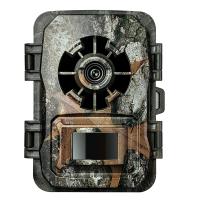
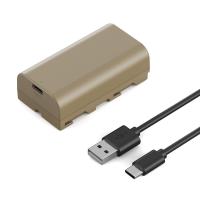
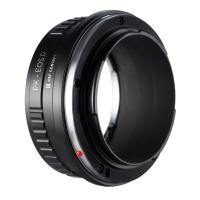
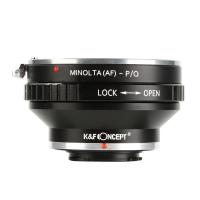
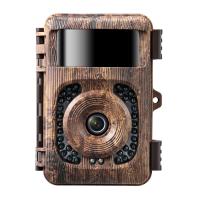

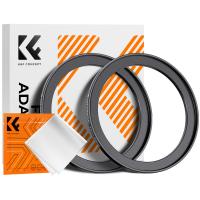

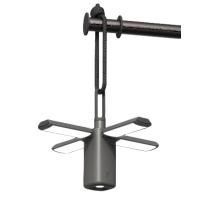


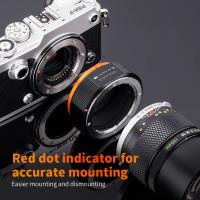
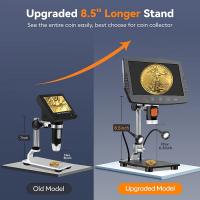
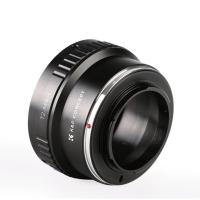

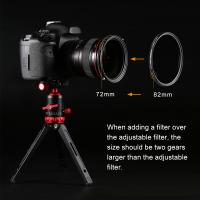
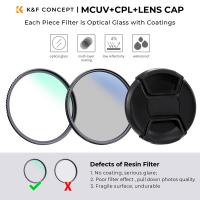

There are no comments for this blog.